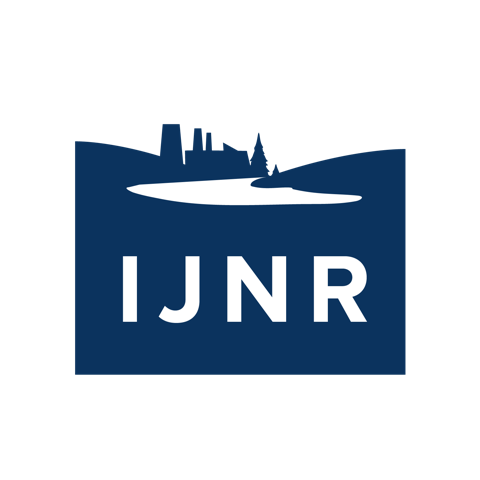We're Turning 20!
Can we count on your support as we move into our third decade?
Dear Friend,
This past March, eighteen journalists joined us on our North Carolina Institute. It just so happened that our trip to the Outer Banks coincided with a nor'easter that pummeled the coast, offering a perfect illustration of the threat rising seas pose to coastal communities. As the IJNR bus lurched up the coast in a driving rain, a world-renowned expert on coastal dynamics discussed the impracticality of putting permanent structures like homes, roads and bridges on ground that never stands still. At one point, as if to punctuate that message, sand and water rushed across the road in a well-defined current. The Atlantic Ocean was trying to open an inlet right before our eyes -- and our bus.
Could the participating journalists have interviewed the expert from their desk, on their phone? Certainly. Could they have read scientific articles about the threats facing coastal ecosystems? Of course.
But could anything else drive the story home like being there, feeling the wind, hearing the ocean, and watching houses teeter on the brink of collapse? Absolutely not.
As a friend of the Institute for Journalism & Natural Resources, you clearly understand the role our work plays in helping journalists get to the truth about natural resources and the environment. In this time of economic uncertainty, environmental change and polarized politics, it's more important than ever that the public have access to thoughtful, unbiased, and compelling reporting about such pressing topics as climate change, land and water use, energy development and public health.
This year, we brought 50 working journalists into the field for boots-on-the-ground access to some of North America's most pressing natural resource issues: In addition to North Carolina, we visited Detroit to learn about toxic industrial legacies and recovering ecosystems, and Pennsylvania and Ohio to hear about the benefits and costs of the shale-gas boom.
IJNR experiences like these have spawned waves of reporting in regional newspapers, national magazines and on public radio stations, and contributions from individuals like you have made that possible. Donations from our supporters enable journalists to experience the inimitable sense of place that helps them better inform millions of readers, listeners and viewers about critical environment and natural resource issues across North America. At a time when accurate, balanced reporting is more important than ever, IJNR's mission remains necessary and vital.
That's why we're asking for your help as we head toward 2015 and a tremendous milestone: The 20th Anniversary of IJNR's founding.
The model that Frank Allen devised in 1995 keeps delivering, and we're asking that you continue to support his vision. In 2015 we plan to look at the economic and cultural implications of endangered species on the western landscape, climate change impacts on Lake Superior, and the challenges faced by the heavily populated and ecologically sensitive Chesapeake Bay watershed.
To make these programs possible, we have set a goal to raise $20,000 during our 2014 year-end appeal: that's $1,000 for every year we've been around.
It's a lofty goal, but with more than 800 alumni, and hundreds of other supporters, it's attainable with your help. We greatly appreciate the trust you've shown in us to get the job done, and ask that you please consider making a tax-deductible donation to IJNR to help us give another cohort of journalists the tools and ability to tell these critically important environment stories in 2015.
Thank you for your support of better journalism, and Happy Holidays!
Sincerely,
Dave, Adam, Melissa, Carrie & Mike
Prefer not to donate online?
Please send checks to:
Institute for Journalism & Natural Resources
PO Box 1996
Missoula, Montana 59806
Questions about donations?
Contact@IJNR.org








